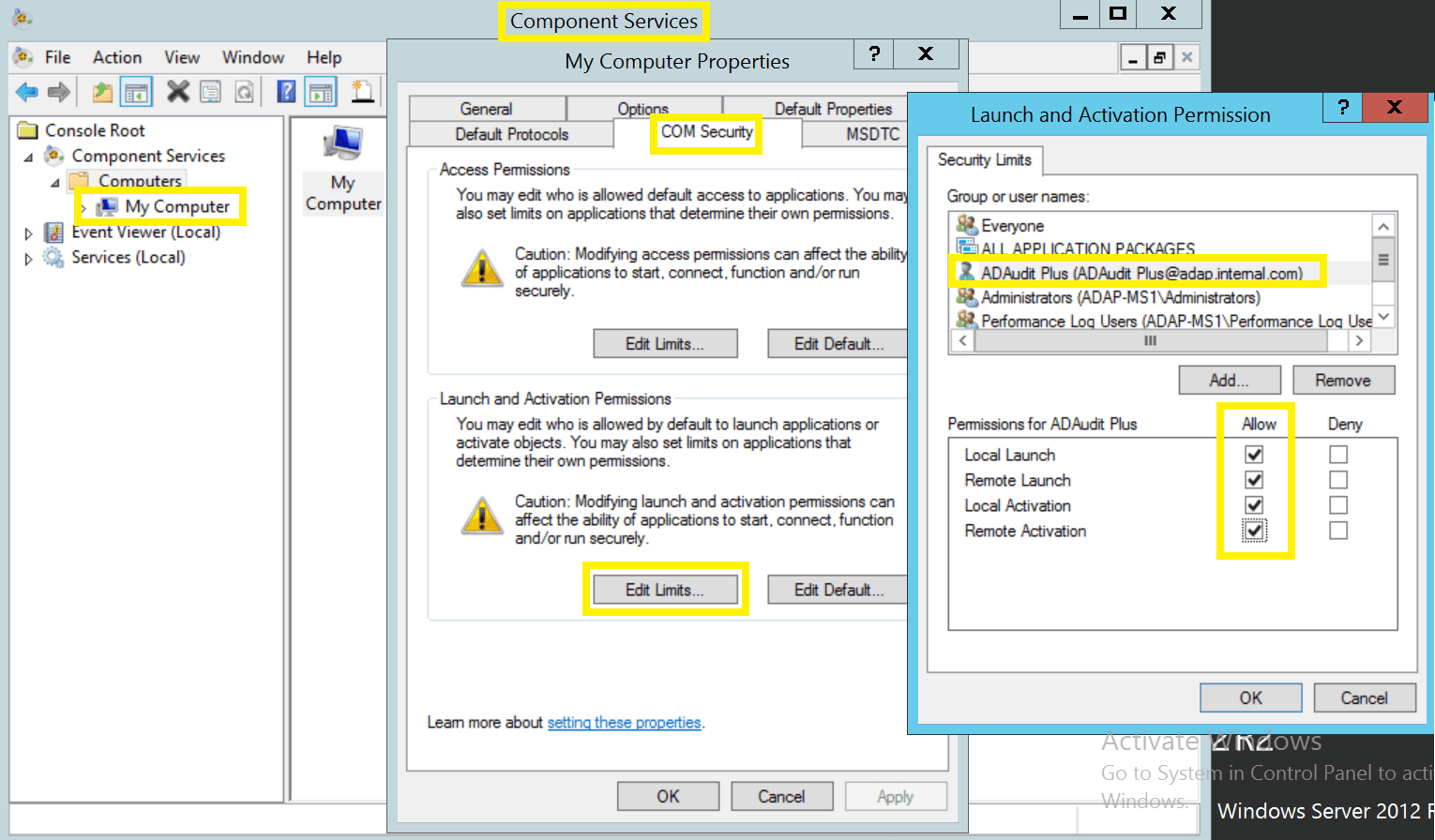
In the web interface, you are asked to login into ArangoDB. You can keep the “Launch ArangoDB?” option checked to launch the web interface after closing the wizard at the end Then, you can enter the ArangoDB root user password (optional).
#Arangodb grant user permissions install
If you want to change the ArangoDB installation path, youĬan check the “Choose custom install paths for databases and installation” option.įigure 6 – Installation configuration form Have first to agree with the end-user license agreement. Once the file download is complete, we should open it to start the installation. Now, click on the ArangoDB Server NSIS package to download the installation file.įigure 5 – Downloading ArangoDB Server installation file Now, we should click on the Windows icon.įigure 4 – Select Windows operating system The “Download Enterprise Edition” button on the download page. If we are looking to download the free edition, we should click on the “Get Community edition” link located below Then, we should click on the “Download” button located To install ArangoDB, first, we should open a web browser and navigate to the ArangoDB website. In ArangoDB, data is stored as JSON and can be queried using the ArangoDB query language (AQL). In the GitHub repository, ArangoDB is written in C++ (46.4%) and Javascript (48.8%).įigure 1 – Programming languages used in the ArangoDB GitHub repository This database management system was first released in 2011 as AvocadoDB, then renamed to ArangoDB in 2012. For example, itĪllows creating nested documents within a graph database or benefiting from the key-value pairs’ high performance in The multi-model paradigm allows users to combine each data model advantage within one context. This article is intended for the ArangoDB developers to help them in performing this migration process.ĪrangoDB is an open-source multi-model NoSQL database.
#Arangodb grant user permissions how to
In the previous articles, we explained how to migrate SQL Server graph databases to the Neo4j graph database. Native graph databases are still more powerful and reach a higher maturity level. While the hybrid approach provided in SQL Server may help some use cases, especially when we need to integrate graphs with relational tables, Microsoft added the graph database capabilities on the top of the relation database model. And the source SQL Server database is built based on this article, Understanding graph databases in SQL Server, published previously on SQL ShackĪs mentioned in this series’s previously published article, the SQL Server graph database is not a native graph Note that in this article, we will use Visual Studio 2019.

This article is the fifth article of the NoSQL databases series that aims to explain different NoSQL technologiesĪnd how to integrate them with SQL Server. This article will explain ArangoDB, how to install it on Windows, and how to migrate a SQL Server graph database to


 0 kommentar(er)
0 kommentar(er)
